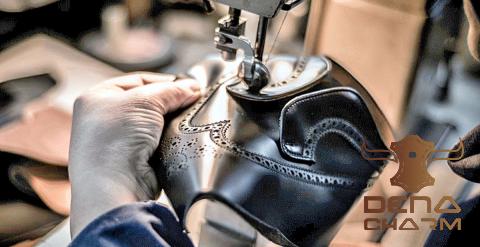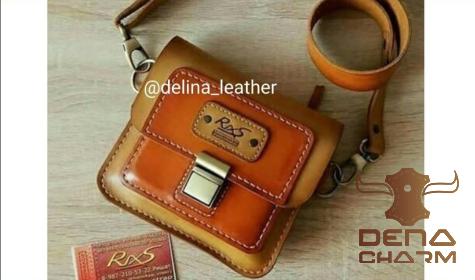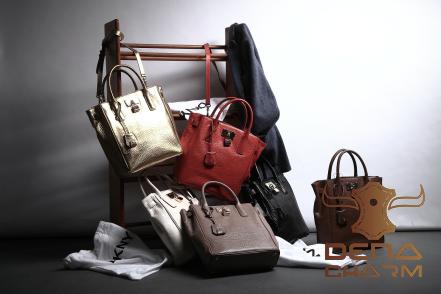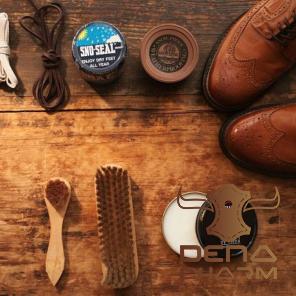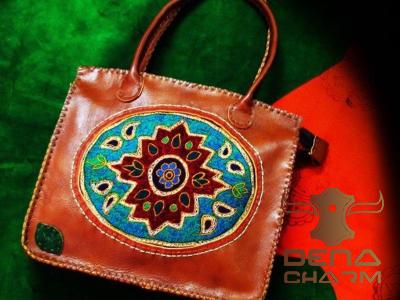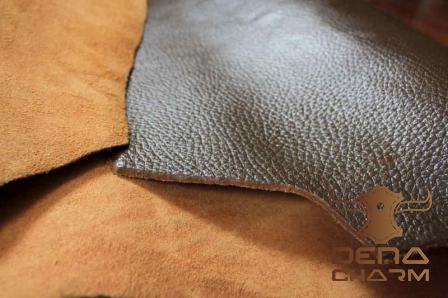A Sustainable Alternative in the Business World Introduction: Synthetic leather material, also known as faux leather or vegan leather, has gained significant popularity in recent years. As a cost-effective and eco-friendly alternative to genuine leather, it has become a preferred choice for many businesses across various industries. In this article, we will discuss the features and benefits of synthetic leather material, considerations for buyers, and the cost-effectiveness of this sustainable option. Discuss Synthetic Leather Material: Synthetic leather material is a man-made fabric designed to mimic the appearance and feel of genuine leather. It is typically composed of a base layer made from fabric fibers, such as polyester, nylon, or cotton, which is then coated with a polyurethane (PU) or polyvinyl chloride (PVC) layer. This coating provides the material with its leather-like texture and durability. The manufacturing process of synthetic leather material involves fewer environmental impacts compared to genuine leather production. It reduces the reliance on animal products and minimizes the use of harmful chemicals. As a result, synthetic leather has become a popular choice among businesses looking to adopt sustainable practices and promote animal welfare. Buying Synthetic Leather Material: When purchasing synthetic leather material, there are a few key factors to consider: 1. Quality and Durability: Not all synthetic leather materials are created equal. Look for materials that offer high resistance to wear and tear, as well as good colorfastness. These properties will determine the longevity of the finished product and its ability to withstand regular use. 2. Appearance and Texture: Synthetic leather can come in a variety of finishes, including smooth, textured, embossed, or even with patterns imitating animal hides. Consider the intended use and aesthetic preferences of your business before selecting a specific type of synthetic leather material. 3. Maintenance: Synthetic leather is relatively easy to clean and maintain compared to genuine leather. However, different types of synthetic leather may require specific care instructions. It is important to understand the maintenance needs of the material to ensure its longevity and appearance. 4. Sustainability: As more businesses adopt sustainable practices, it is crucial to prioritize materials that align with environmentally conscious values. Ensure your chosen synthetic leather material is free from harmful substances and is produced through eco-friendly manufacturing processes. Price of Synthetic Leather Material: One of the key advantages of synthetic leather material is its affordability compared to genuine leather. Synthetic leather is generally less costly to produce, making it an attractive option for businesses aiming to manage costs without compromising quality. The prices of synthetic leather materials can vary depending on factors such as thickness, quality, and finish. On average, synthetic leather material can be up to 50% cheaper than genuine leather, making it an excellent choice for businesses with budget constraints. Additionally, the availability of synthetic leather material is relatively high, as it can be manufactured in large quantities. This availability ensures a consistent supply, further supporting businesses in meeting their production needs. While synthetic leather material may offer cost savings, it is essential to consider the long-term benefits. With its durability and resistance to wear, synthetic leather can outlast genuine leather, providing businesses with increased value for their investment. Conclusion: Synthetic leather material offers businesses an excellent alternative to genuine leather, providing cost savings, durability, and sustainability. With its increasing popularity and demand, manufacturers have improved its quality, enabling businesses to find synthetic leather products that closely resemble genuine leather in appearance and texture. When purchasing synthetic leather material, consider factors such as quality, appearance, maintenance, and sustainability. By carefully selecting the ideal synthetic leather material for your business needs, you can achieve a versatile and sustainable solution that aligns with your values and budget. As more businesses recognize the benefits of synthetic leather material, its widespread adoption will continue to shape the future of the textile industry, contributing to a more sustainable and ethical economy.


